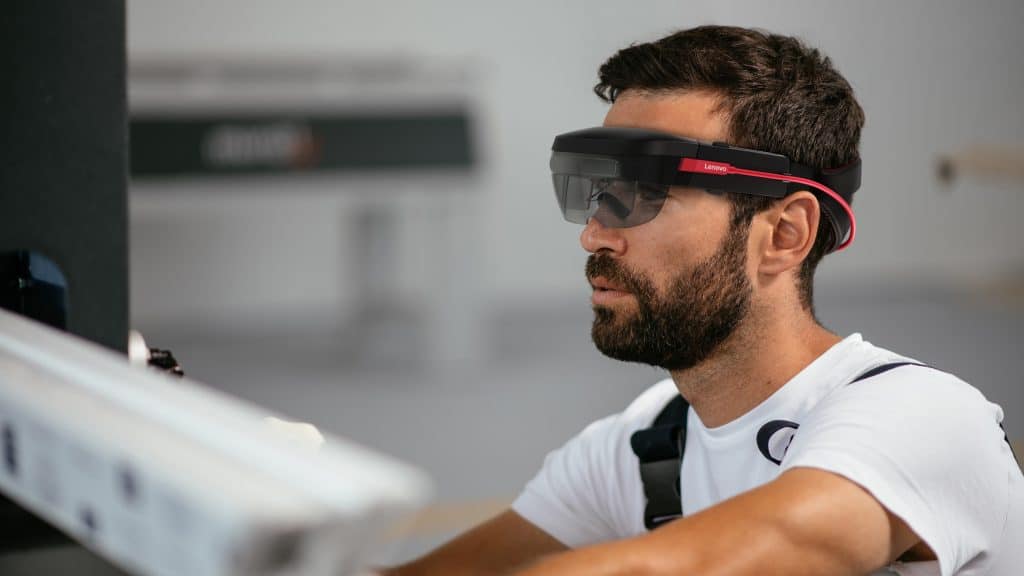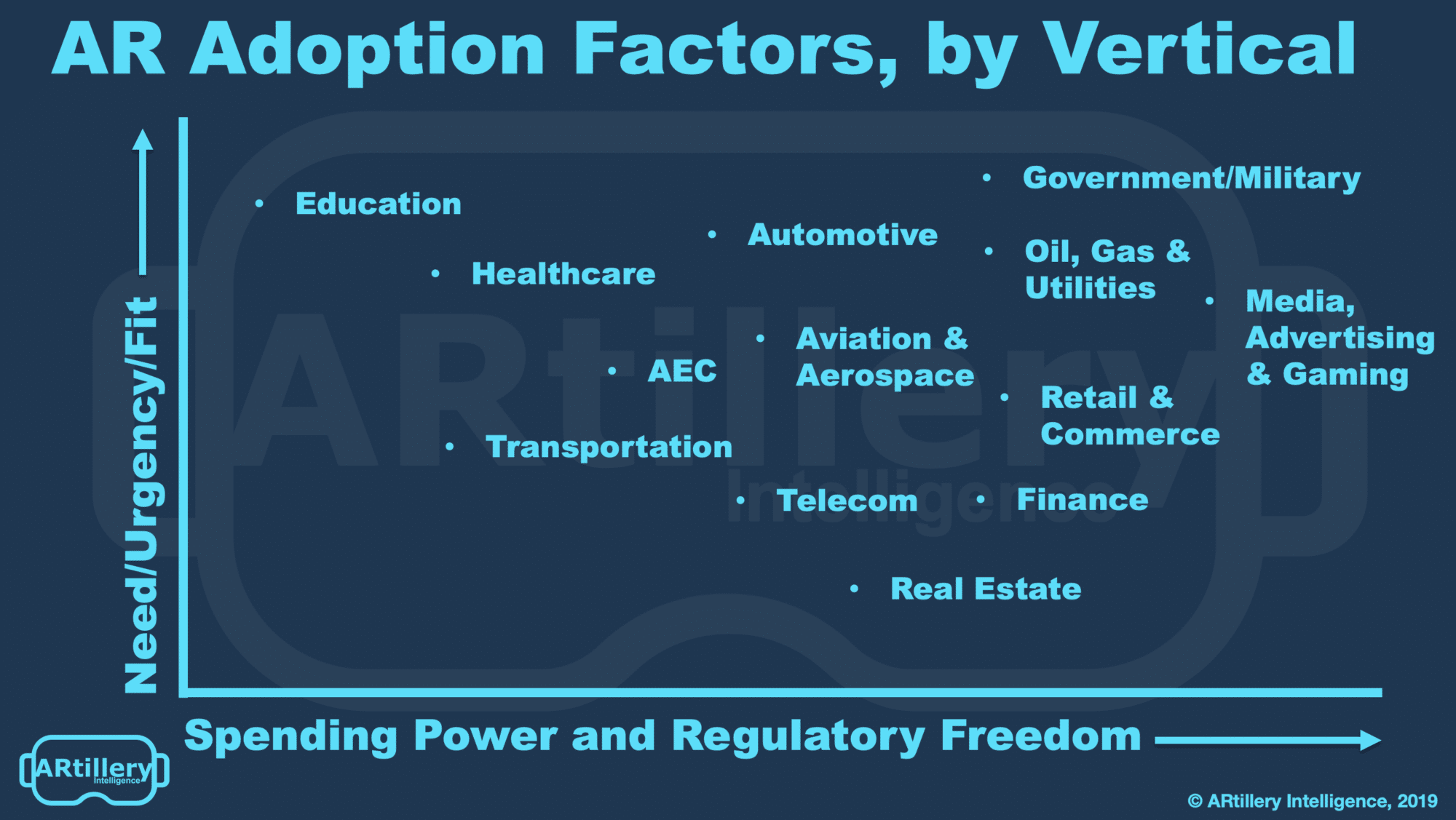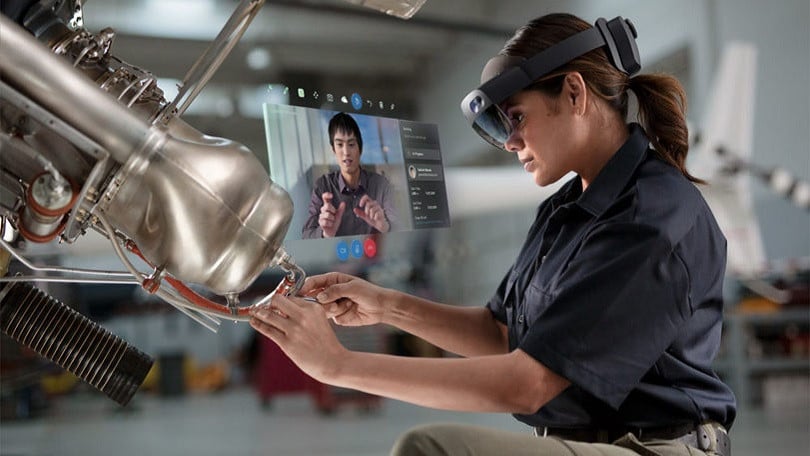
This post is adapted from ARtillery Intelligence’s latest report, Industrial AR: Benefits & Barriers. It includes some of its data and takeaways. More can be previewed here and subscribe for the full report.
Industrial AR is experiencing a slow climb as characterized in the figures we reported last month. This mostly results from slower than expected adoption, which in turn results from organizational inertia. Though industrial AR’s ROI is clear, prevailing resistance often overcomes it.
This all leads to industrial AR’s biggest stumbling block: “pilot purgatory.” As its name suggests, this is when AR is adopted at the pilot stage, but never progresses to full deployment. It happens when AR fails to gain traction due to suboptimal planning, communication and implementation.
These challenges can be studied in a structured way as they map to three key organizational areas. These are what ARtillery Intelligence has begun to call the Three P’s: People, Product and Process. They’re both the root of AR’s problems and the source of its solutions.
As we did in a recent white paper with Re’Flekt, let’s examine them one by one, including the challenges they raise and ways to overcome them. Last week, we tackled people… now let’s examine product.

Right Tool For the Job
Beyond the people that represent barriers to AR success, there’s also the product itself. Its success hinges on a few factors that should be considered when in development and strategic planning. They include product/market fit as well as a deliberate and targeted user experience.
Enterprise technology adoption is a microcosm of open market dynamics. So just as product-market fit is a key success factor in consumer tech, it can make or break successful enterprise deployments. The name of the game is deploying AR where it can have real impact.
This sounds fairly obvious but gets more nuanced. AR is not a “silver bullet” and it excels in some areas more than others. For example, AR’s visualization can be most effective in jobs that require guidance for complex and non-repetitive tasks such as large-equipment maintenance.
Conversely, it’s less effective in jobs that involve repetitive simple task such as assembly line work. With this type of work, front-line workers are already well-equipped by “muscle memory.” Therefore AR products deployed in these settings will fail to add any value or gain traction.
“You don’t want to use AR to help somebody change the oil in your car,” said Atheer’s Amar Dhaliwal at AWE. “You train somebody to change the oil, because that is a task that they’re going to be doing repeatedly. “They should be able to do it without having to read any instructions.”

Target the Right Markets
Beyond targeting the right job functions for AR, it’s likewise important to target the right companies and industry verticals. ARtillery Intelligence’s recent AR revenue forecast mapped industry-specific AR adaptiveness based on factors such as spending power and product fit (see slide below).
By targeting markets that score high on these criteria, adoption likelihood is greater. For example, education has a high product fit but low spending power. Medicine has high product fit but low regulatory autonomy. Military has high spending power, regulatory freedom and product fit.

Solve Real Problems
If we look at the most successful tech products in consumer markets over the past decade, they often take a basic human need or utility and remove friction. This is the case with tools like Uber (easier transportation), Twitter (easier communications) and Slack (easier work collaboration).
Translated to enterprise AR, the most success will result from reducing workplace friction. Therefore, product design should focus on directly addressing real operational pain points, rather than being a “solution in search of a problem.” That can include reducing strain or improving safety.
For example, one of AR’s benefits is to reduce the “cognitive load” of mentally translating 2D instructions to 3D space. Not only can AR reduce errors in such scenarios (company benefits) but it can reduce strain and make work more comfortable (employee benefits), as explored last week.

UX is Key
There are often sliding scales of simplicity versus complexity in user interfaces for any product. Not customizing the right sweet spot for the application and intended user will cause any enterprise AR product to fail. For example, industrial front-line workers often have a need for simplicity.
“Industrial workers — the people who are the principle users of AR — have very low tolerance for complexity.” said Dhaliwal at AWE Europe. “Complexity is your enemy when rolling out to the industrial worker. It’s important in terms of how we design solutions as an industry.”
Speaking of simplicity, successful AR deployments can happen in stages. And given front-line workers’ tech fears or lack of comfort, slow acclimation can be more prudent. This lesson can apply to the user interface or, more broadly speaking, the type of AR that is chosen and deployed.
For example, among the AR formats previously outlined, “remote assistance” is less tech-involved because it still incorporates a live human guide. This can sometimes acclimate front-line workers before graduating to more technology-centric forms of AR such as pre-authored instructions.
See more details about this report or continue reading here. Also see the similar report that ARtillery Intelligence co-authored with Re’Flekt here.
For deeper XR data and intelligence, join ARtillery PRO and subscribe to the free AR Insider Weekly newsletter.
Disclosure: AR Insider has no financial stake in the companies mentioned in this post, nor received payment for its production. Disclosure and ethics policy can be seen here.
